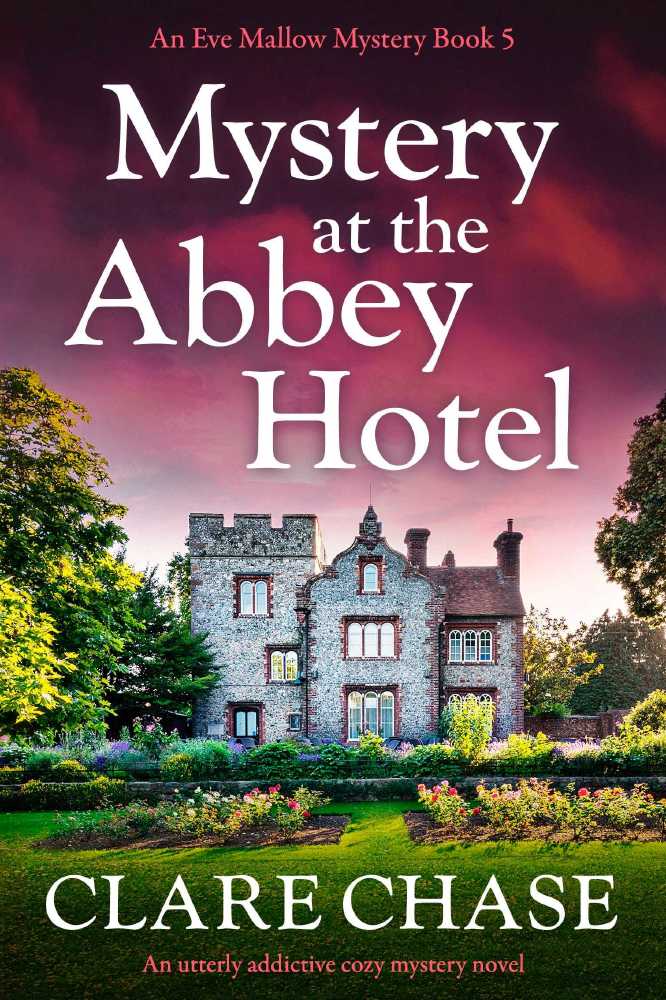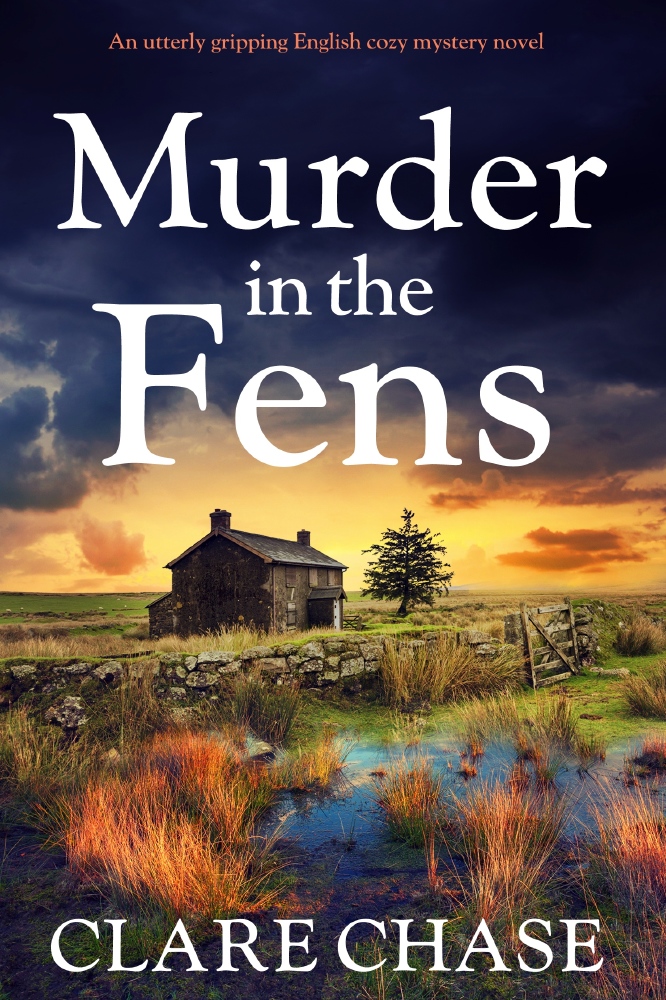-

Mystery at the Abbey Hotel
1. We need to talk... The investigator in a cosy is usually an amateur. When I planned my current series, I needed to find my heroine, Eve Mallow, a profession or pastime that would allow her to gather information on her suspects. There’s only so far charm and general nosiness can get a person. I decided to make Eve an obituary writer. It would give her carte blanche to approach the closest contacts of the murder victim and ask some nice intrusive questions!
2. I’ve always thought the milkman looked like a murderer... When picking a setting for the Eve Mallow books I turned to England’s wild and beautiful East Anglian coast. My grandmother lived by the sea in Suffolk and owned a wire-haired dachshund, just like Eve’s dog, Gus. But I was hesitant about using an existing village as my location. I wanted to populate my setting with local characters and didn’t want anyone imagining I had real people in mind when I wrote! I decided to create a fictional village, Saxford St Peter, but I based its geographical features on three real settlements: Blythburgh, Walberswick and Dunwich. (I was worried I’d forget the details, so I drew a map! I haven’t had so much fun since primary school. It’s work I tell you...)
3. This village is lovely, but... Cosies tend to come as part of a series, and the community is a key element of the stories. However, focusing on one small location over multiple books might get dull. In my latest novel, Mystery at the Abbey Hotel, I’ve counteracted this by using a new setting within the old familiar one. The atmospheric Abbey is still close to Saxford, so the series characters can get involved, and the familiar settings also feature.
4. So, this is scary... Investigating murder is a risky business; in each book I need compelling reasons for Eve to take that step. Muscling in out of curiosity isn’t enough. There are a variety of drivers that can make the amateur’s involvement more believable though, from moral obligation to the need to clear the name of a friend or connection. In Mystery at the Abbey Hotel, Eve becomes fond of the victim before she dies, and is the only impartial witness to events leading up to her death.
5. Let’s split up and search for clues... I’ve frequently seen amateur investigators branded as TSTL (too stupid to live) and didn’t want Eve to share that fate! Having her take reckless risks would lower readers’ opinion of her and wouldn’t fit her character anyway. (She’s fiercely practical!) Yet I want to get her into perilous situations. Therefore she takes sensible precautions but her plans go awry in ways she couldn’t predict!
6. A helping hand... It’s very useful if an amateur sleuth can occasionally sneak a look at evidence the police have gathered – forensic results, for instance. A lot of cosy protagonists have partners or other connections in law enforcement. My heroine Eve began the series without inside information, but ended up accessing some from an unexpected quarter...
7. How the heck to handle the police? I spent some time wondering about this. It’s all very well to tell my story from Eve’s point of view but the authorities are bound to be involved after a murder. They’re mainly a background presence, but I had to work out what Eve would do with the clues she found. She’s the level-headed sort. She wouldn’t risk keeping information to herself, but equally she’d hate to implicate an innocent person. So she digs deep and looks for concrete facts before she reports her findings to the local DI. Meanwhile he resents her interference and does everything he can to rubbish her theories, which is handy, as it allows her time to beat him at his own game!
RELATED: My top ten mystery-writer resources by Clare Chase
I do most of my research online, and it’s usually very targeted. It’s great for quick answers, and can lead further. However, it’s often the books I use for background reading that throw up unexpected information and spark new ideas. For my current police procedural series, Blackstone’s Senior Investigating Officers’ Handbook (a UK training manual) and the Royal Society of Chemistry’s Crime Scene to Court (a forensics book), have been fantastic eye-openers...


